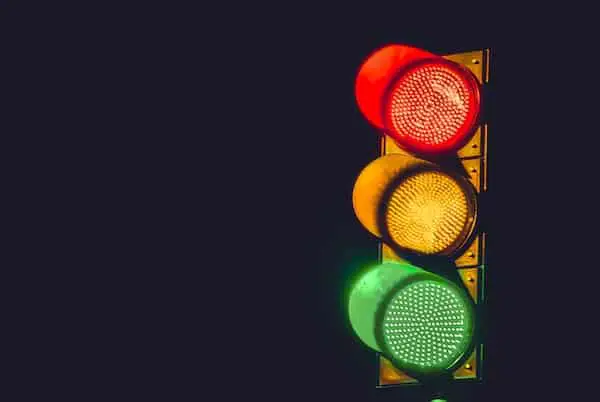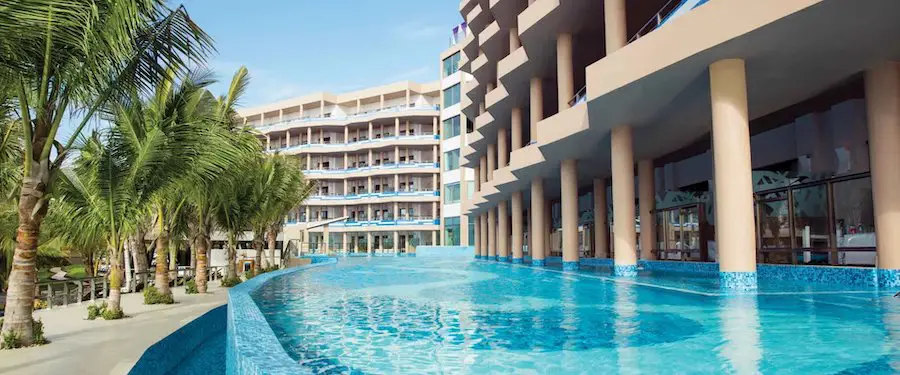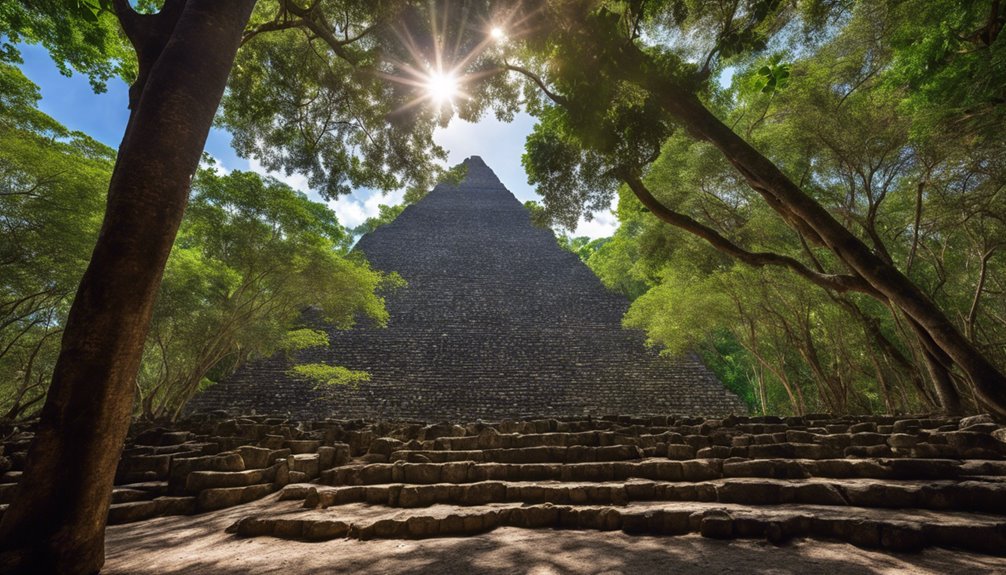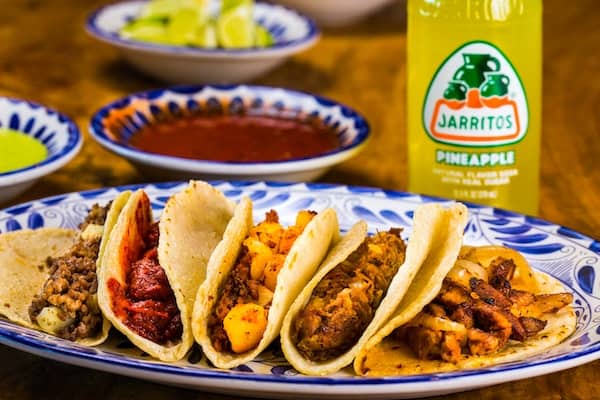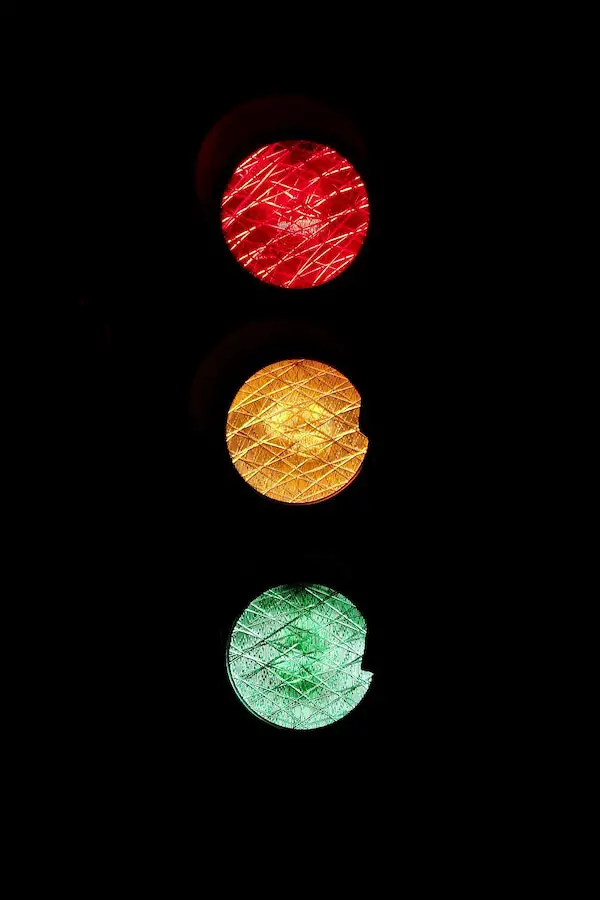
Right now the world is attempting to open up from the lockdown that was necessary because of COVID-19. Many people, including me are ready to travel and visit our favorite places in the world. Mexico is one of those spots, specifically Cancún, Mexico.
The traffic light system in Mexico is a simple way to communicate the risk of using public space and contracting COVID-19. The light system is made up of four colors, Red, Orange, Yellow, and Green. Here is what they mean:
- Red – If your area has a red light it means it is risky to be out and only essential economic activities will be allowed in public spaces.
- Orange – Companies that are non-essential will be allowed to work with 30% of the staff for their operation. Public spaces will be opened at a reduced capacity of people.
- Yellow – Public spaces are open and all work activities are allowed. Special care will be taken for those who present the highest risk.
- Green – All activities, including school are allowed.
You can read more about Mexico’s traffic light system on this website.
How is the color determined?
There are four different categories that the Mexican government is looking at when it comes to declaring the color of the state. They are:
- the trend in numbers of new cases
- hospital occupancy trends
- current hospital occupancy rates
- percentage of positive cases
A state will receive the red traffic light if even one of these indicators is red. The Mexican government updates the designations on Friday and then the changes take place the following Monday.
Which states should I be worried about?
If you’re traveling to Mexico it would be helpful to know which states are which colors. The state we right about the most, Quintana Roo, is currently Orange.
As of June 23, seventeeen states are orange and sixteen remain red. Here is helpful chart.
| State | Red | Orange | Yellow | Green |
| Aguascalientes | Yes | |||
| Baja California Sur | Yes | |||
| Campeche | Yes | |||
| Chihuahua | Yes | |||
| Coahuila | Yes | |||
| Durango | Yes | |||
| Guanajuato | Yes | |||
| Jalisco | Yes | |||
| Michoacán | Yes | |||
| Nuevo León | Yes | |||
| Quintana Roo | Yes | |||
| San Luis Potosí | Yes | |||
| Tabasco | Yes | |||
| Tamaulipas | Yes | |||
| Yucatán | Yes | |||
| Zacatecas | Yes | |||
| Baja California | Yes | |||
| Chiapas | Yes | |||
| Ciudad de Mexico | Yes | |||
| Colima | Yes | |||
| Estado de Mexico | Yes | |||
| Guerrero | Yes | |||
| Hidalgo | Yes | |||
| Morelos | Yes | |||
| Nayarit | Yes | |||
| Oaxaca | Yes | |||
| Puebla | Yes | |||
| Queretaro | Yes | |||
| Sinaloa | Yes | |||
| Sonora | Yes | |||
| Tlaxcala | Yes | |||
| Veracruz | Yes |
What color light is Cancún on?
Cancún is located in the state of Quintana Roo and is currently on orange. Under “orange” hotels can operate at 50% of their capacity. In some cases, hotel guests may be asked to provide an employer letter certifying that their travel is essential.
Hotel guests that appear to have respiratory symptoms will be referred to local health officials.
Below is a chart of all types of activities in the state of Quintana Roo. It shows which ones are essential and what you can and cannot do.
[table id=1 /]Other Resources for Information
- US Embassy & Consulates in Mexico
- Can I Travel to Cancún During Coronavirus?
- Mexican Ministry of Health (Some of this site is not translated to English)
- You can call the Mexican Ministry of Health’s COVID-19 hotline at 800 0044 800 for more info or medical help. There is no guarantee your operator will speak English.
